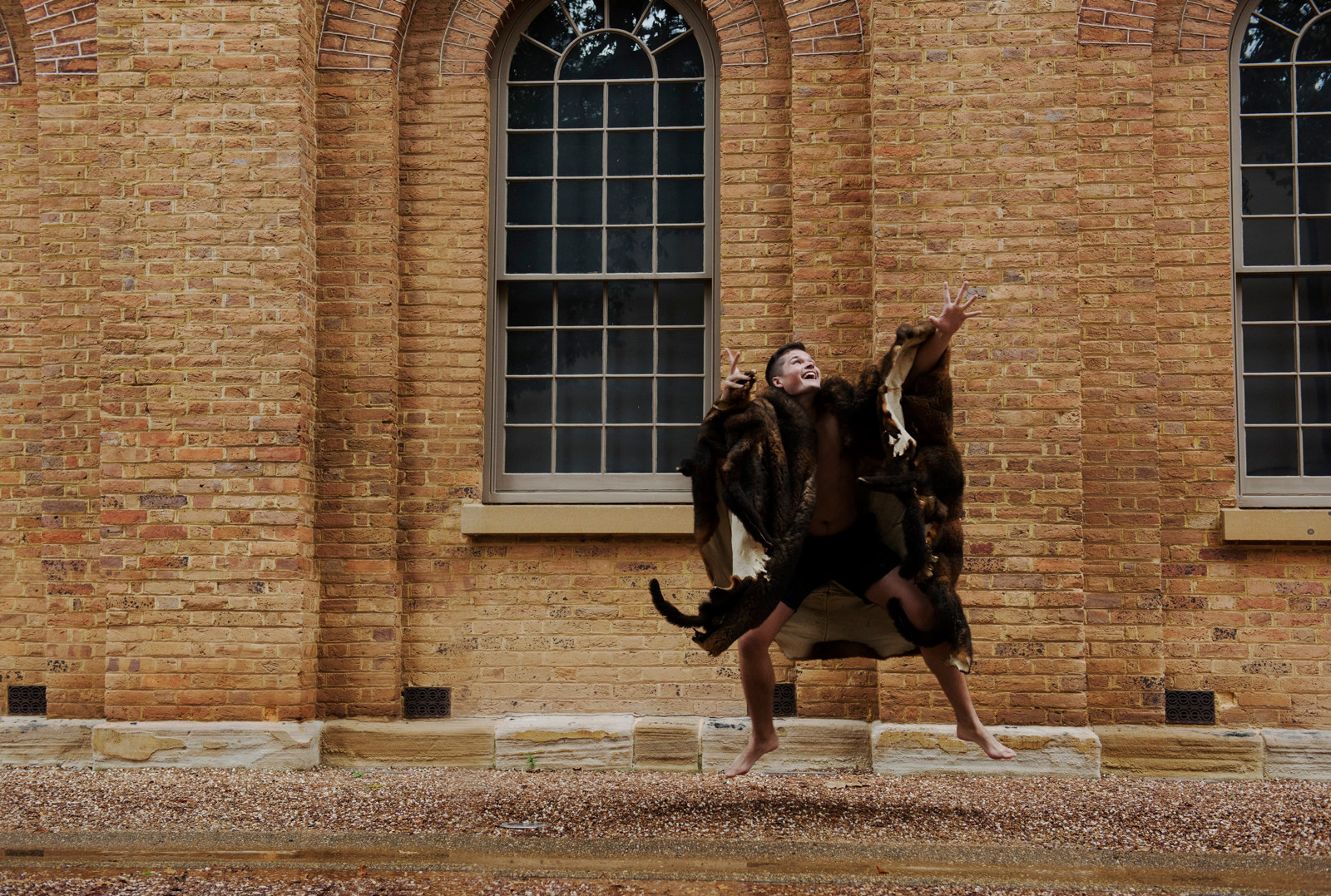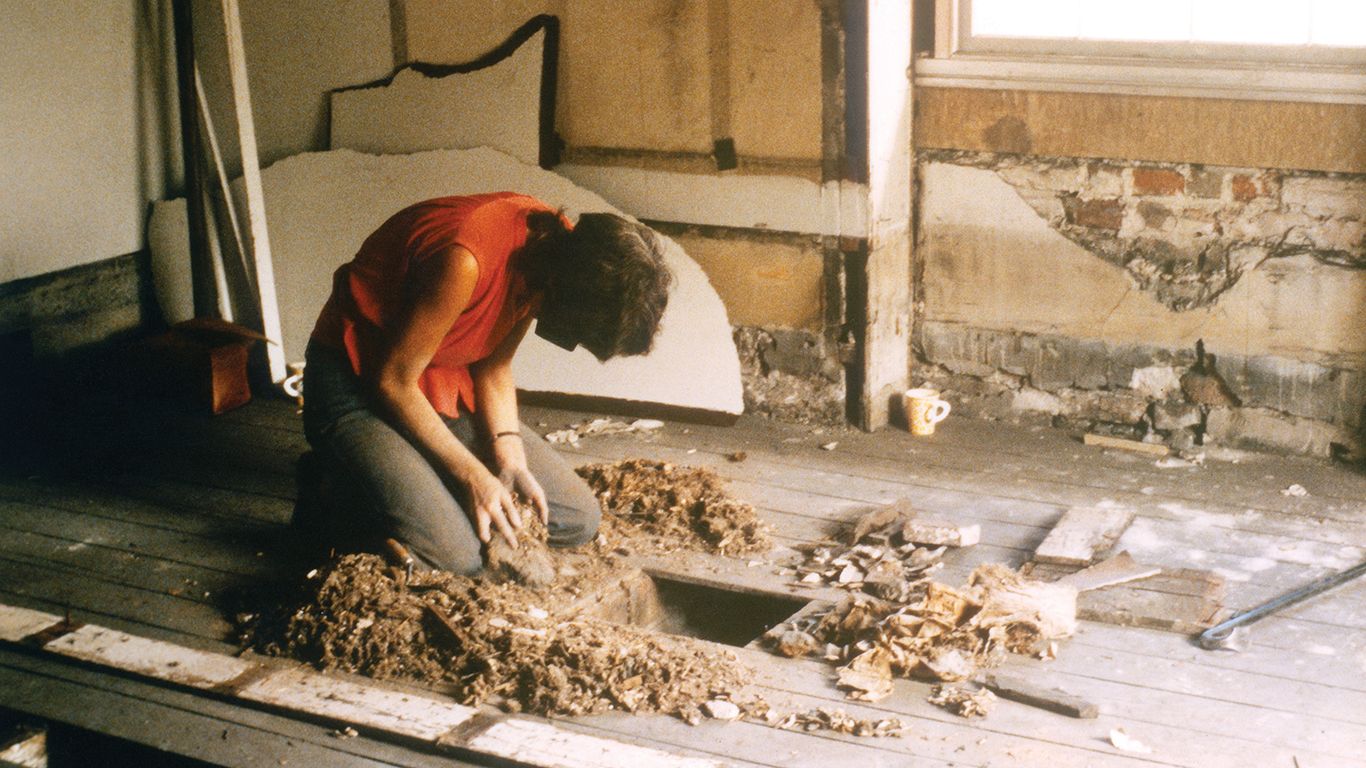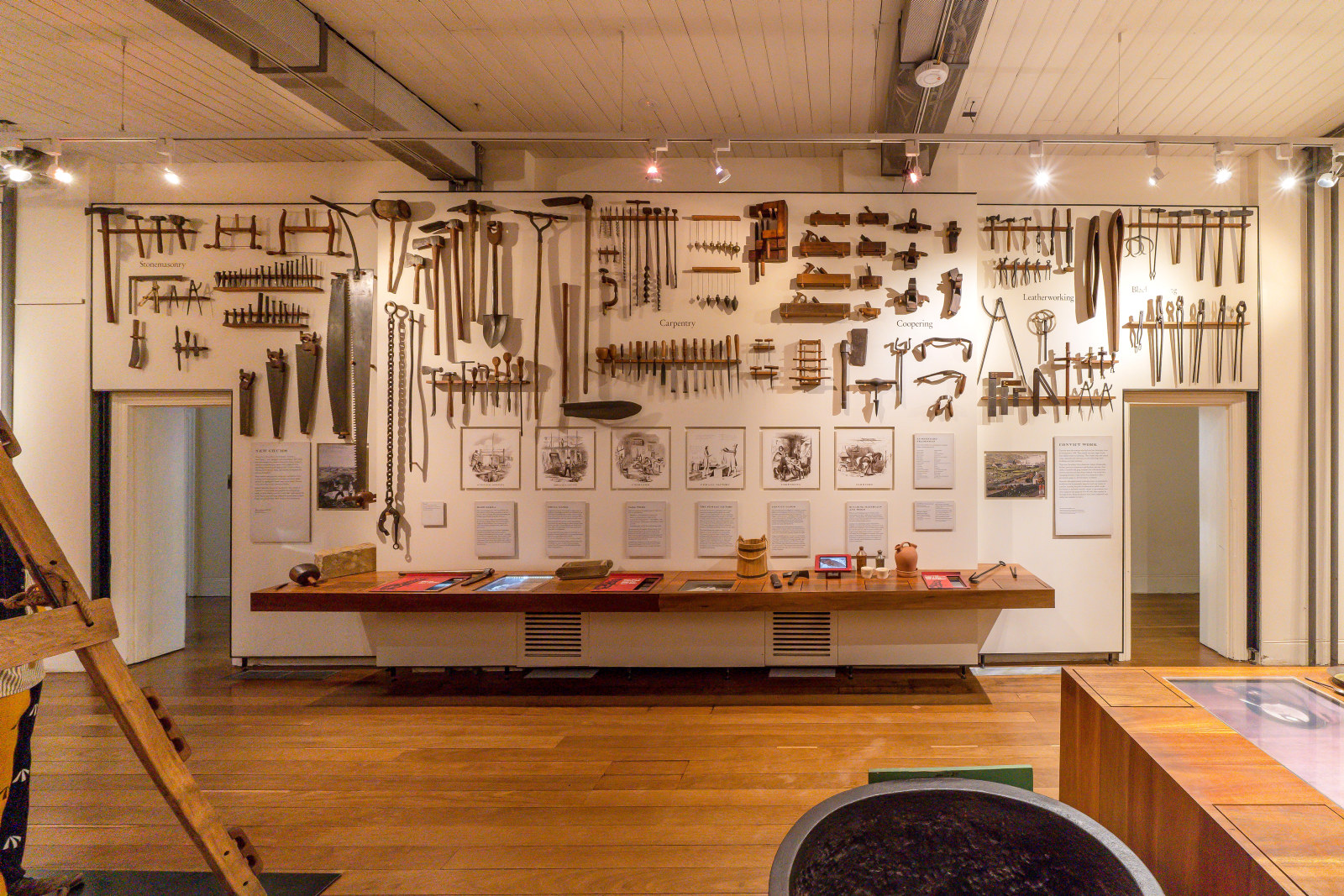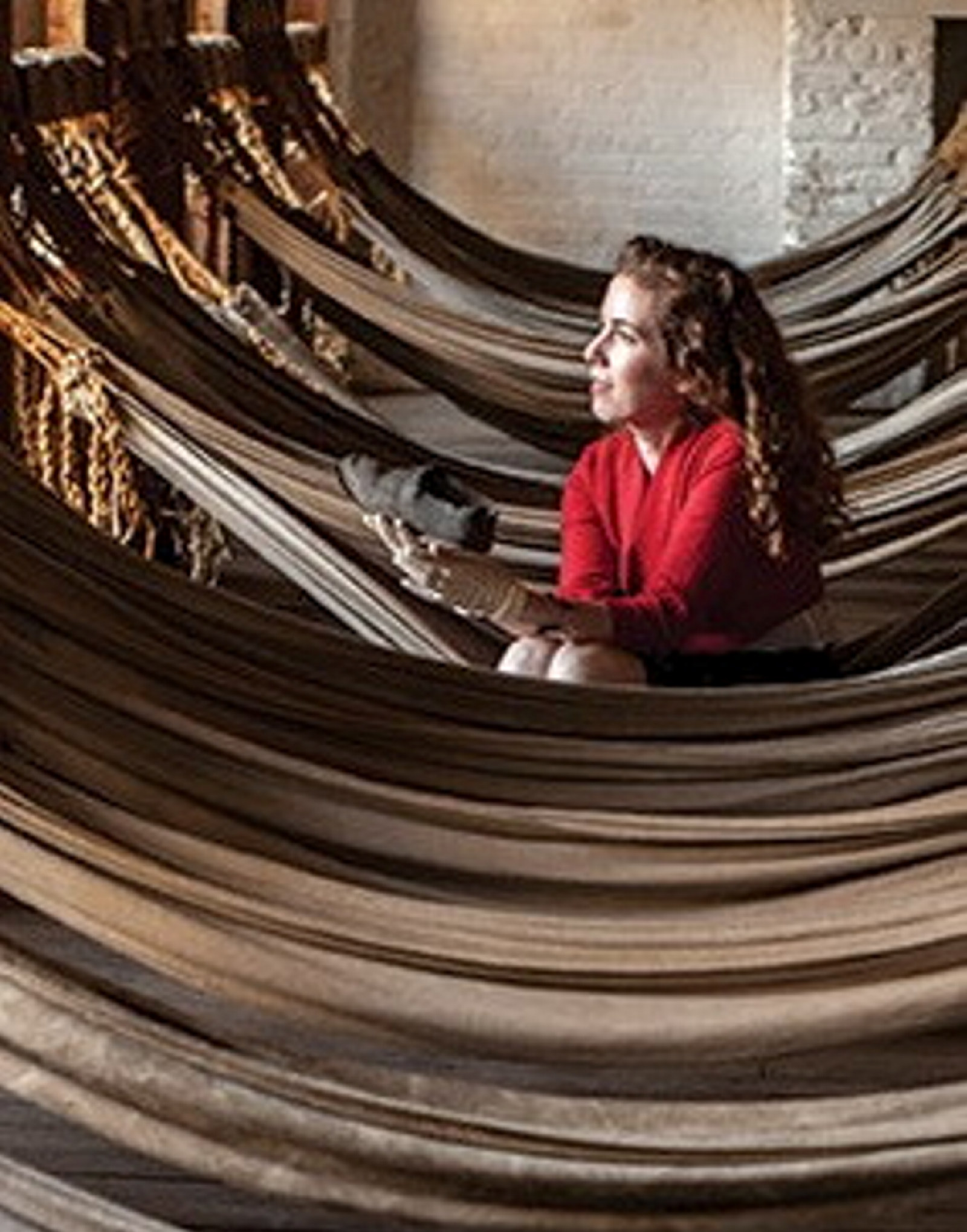If these walls could talk: Hyde Park Barracks Museum
One of the most significant convict sites in the world, the UNESCO World Heritage listed Hyde Park Barracks was converted into Sydney’s female Immigration Depot in 1848, temporarily housing an estimated 40,000 women during its 38-year history. The barracks holds evidence of these former occupants in its walls, floors and ceilings.
A life in a chest: Margaret Hurley
From Gort, County Galway, 17-year-old Margaret Hurley was one of 2253 orphan girls from Irish workhouses, victims of the Great Famine, who were among the first occupants of the new female Immigration Depot at Hyde Park Barracks, arriving 1848–50.
Hurley’s father, Thomas, had died, and her mother, Mary, was too poor to care for her. Leaving her homeland forever, Hurley and 193 other girls were bundled onto the Thomas Arbuthnot, moored at Plymouth, which set sail on 28 October 1849. During the voyage some of the girls would gather in circles to mourn the loss of their families and homeland with a crying lament (keening).
The ship sailed into Sydney Harbour on 3 February 1850, three-and-a-half months after leaving England. As the girls walked up the hill from Sydney Cove, their possessions were carried behind them on drays. Hurley’s simple wooden trunk contained everything she owned: clothing, a bible and a few small belongings. After staying just a few days at the depot, she travelled to Yass, where she was apprenticed as a house servant to Mr WH Broughton.
Margaret Hurley married Irish shepherd Joseph Patterson in 1852 and they had seven children. She died in Goobang, NSW, aged 90.
Her trunk passed on to her descendants, and in 2015, 164 years after she brought it to Sydney, the trunk returned to the Hyde Park Barracks and featured in a display about the Immigration Depot.
Wooden box belonging to Margaret Hurley, made in Ireland, 1849. On loan from Rose Marie Perry. Photo © Jamie North, for Sydney Living Museums
Forgotten fabric: Alice Peacock
An assisted immigrant from London, Alice Peacock arrived in Sydney in 1879 with her parents, David and Elizabeth, on board the clipper ship Samuel Plimsoll. As she was 14, she was old enough to travel in the single women’s compartment rather than with her parents.
During the voyage typhoid fever and typhus took hold of some of the passengers, so on arrival in Sydney the ship was detained at the Quarantine Station at Sydney Harbour’s North Head. After a wait of 18 days, Peacock was forwarded to the female Immigration Depot at Hyde Park Barracks with 97 other young female passengers; her parents probably remained on board the ship until her father found work. She waited at the depot until her parents collected her.
Peacock left behind at the barracks a strip of linen on which she had written her name in black ink – perhaps it was used for tying up her possessions or as a label intended to be sewn onto her clothing. The strip was found by archaeologists beneath the floorboards in the centre of the stair hall on level 2. It’s possible the scrap was dropped by accident and then pulled under the boards by a rat making its nest.
Published on
Hyde Park Barracks stories
Browse all![Government Printing Office; NRS 4481, Glass negatives. NRS-4481-4-44-[AF00194836] Immigration Barracks Sydney, August 1871 [Department of Public Works]](https://images.mhnsw.au/fotoweb/embed/2024/03/b437216ff79d433da2d3b92c8bb24e51.jpg)
Conservation
Conservation in action: Hyde Park Barracks northern range refurbishment works
In collaboration with experienced heritage consultants and traditional tradespeople, MHNSW is undertaking conservation works to the northern range buildings

Cutter and Coota: a children’s play by Bruce Pascoe
Meet author and historian Bruce Pascoe and the main characters from his play Cutter and Coota as they reflect on the play’s themes and the experience of performing at the Hyde Park Barracks

Hyde Park Barracks: a keeper of lost things
Uncover and explore some of the items found inside the barracks

Convict Sydney
Objects
These convict-era objects and archaeological artefacts found at Hyde Park Barracks and The Mint (Rum Hospital) are among the rarest and most personal artefacts to have survived from Australia’s early convict period
